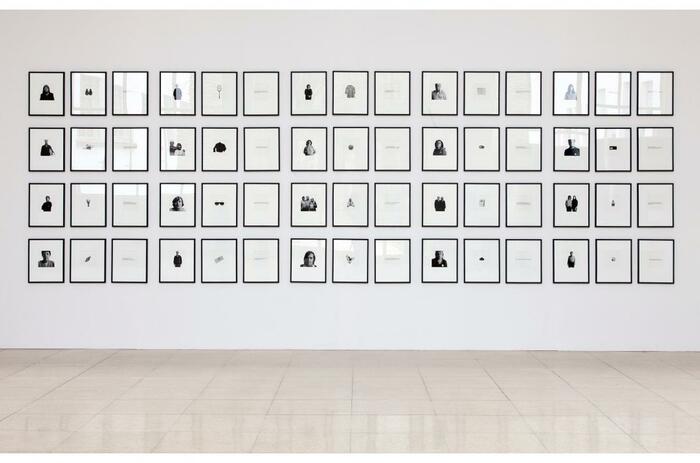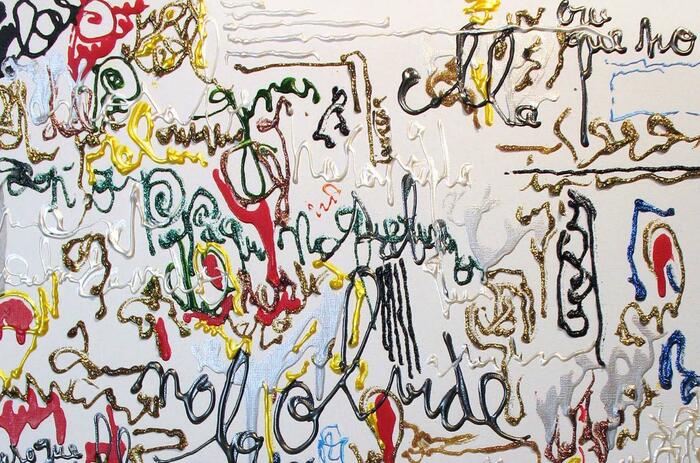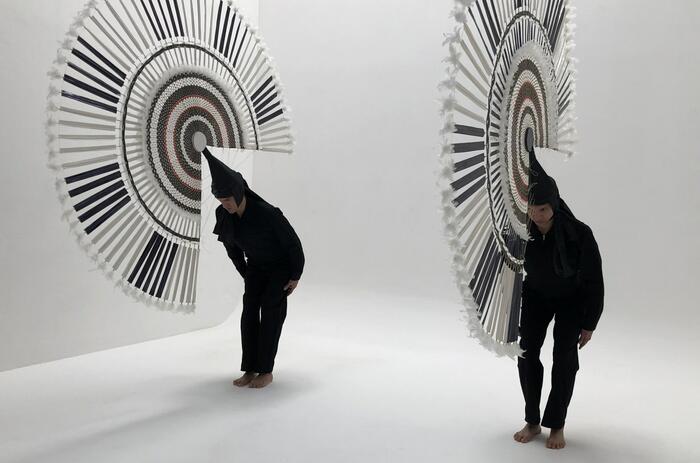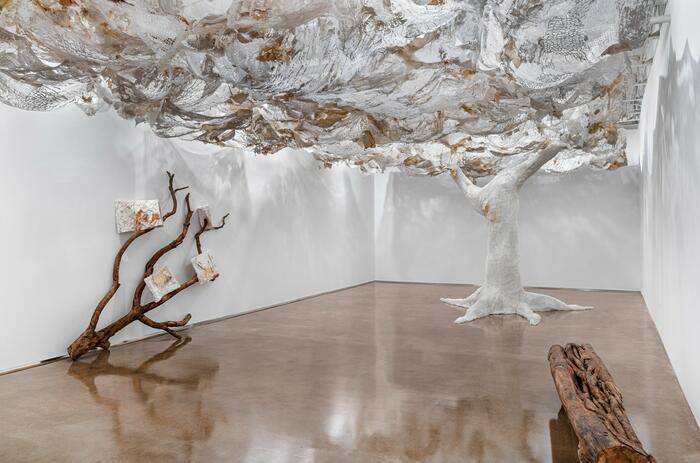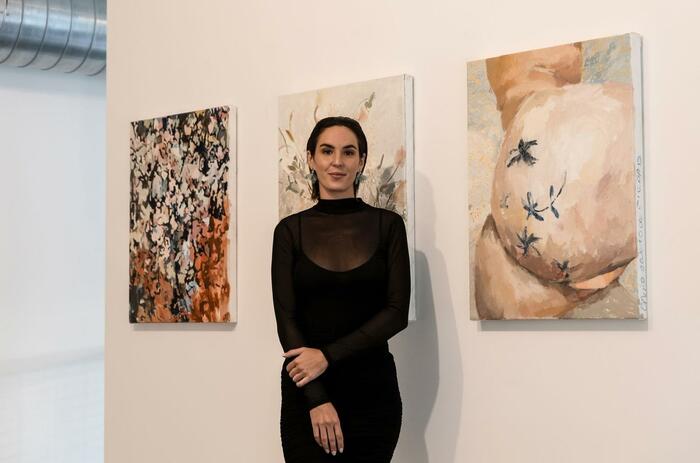AMIA ATTACK SURVIVORS AND THEIR PORTRAITS EXHIBITED IN MIAMI
Exhibited at the Tomás Redrado gallery and entitled “Ese día” (THAT DAY), the show curated by Elio Kapszuk presents portraits taken by Argentine photographer Alejandra López. In them are survivors of the attack, including brief stories.
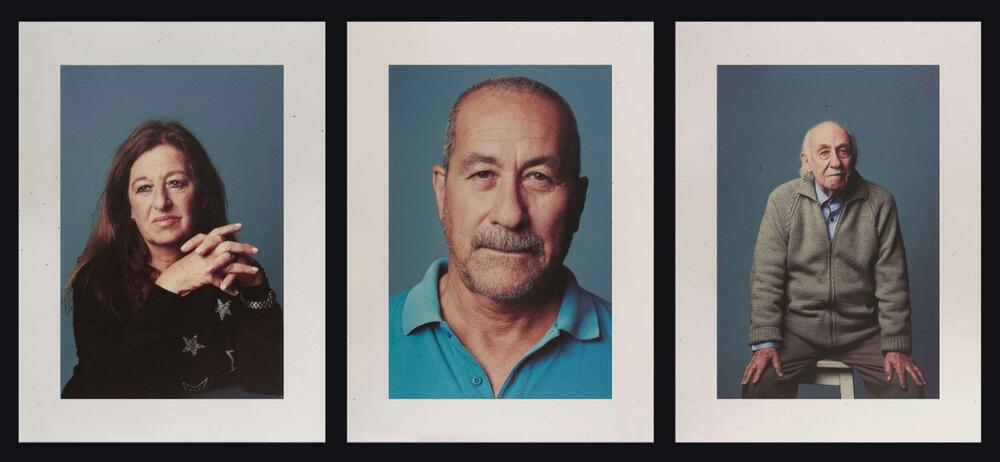
The attack on the Asociación Mutual Israelita Argentina (AMIA) occurred in Buenos Aires on July 18, 1994, leaving 85 people murdered and more than 300 injured. Today, within the framework of the 28th anniversary, the exhibition is in Miami where officials and personalities from Argentina and the United States met to pay tribute to the victims, the survivors, and the Jewish community.
The exhibition, which can be visited online here, seeks to remember and honor the victims while reflecting on how the lives of the survivors continue. Memories and testimonies are brought to the present to strengthen the voices of victims and communities that still live with unanswered questions.
Accompanied by short stories and video testimonials, the exhibition covers a wide range of resources to strengthen memories and ensure their permanence.
In Kapszuk's words, “Alejandra López is one of the most renowned Argentine photographers: she has created an extremely personal language when portraying a person. Far from any affectation, she proposes a distinct image that represents with overwhelming simplicity a number of complexities. As if she were telling us that nothing else is needed, only what is there already. And she is right."
-
Retratos por Alejandra López.
-
Retratos por Alejandra López.
-
Retratos por Alejandra López.
-
Vistas de instalación en Tomás Redrado Art, Miami.
-
Guido Cohen, rabino en el Aventura Turnberry Jewish Center, de la ciudad de Aventura, Florida, Tomás Redrado, Elio Kapszuk, director del departamento de Arte y Producción de AMIA, Leandro Fernández Suárez, Cónsul General argentino en Miami, Jorge Argüello, embajador argentino en Estados Unidos y el rabino Mario Rojzman. Foto por Chule Valerga.
And about the works he added, “It is not about representing the tragedy, but depicting how it changed the lives of the people it affected. For this reason the portraits were not printed on plain paper but on handmade paper produced by Alejandro Geiler and Julio Mroue, and made from other types of paper. In this case they used newspapers and news photocopies published on the days that followed the attack, meaning that fragments of July 18, 1994 were used to make the paper and served as the foundation for the images of men and women who also had to reconstruct themselves. The paper is neither perfect nor smooth, it has textures, reliefs and marks that evidence its origin. These marks on the paper become marks in the portraits that symbolize how we are affected by our experiences and how we choose to move on. A survivor knows this much better than anyone else.”

